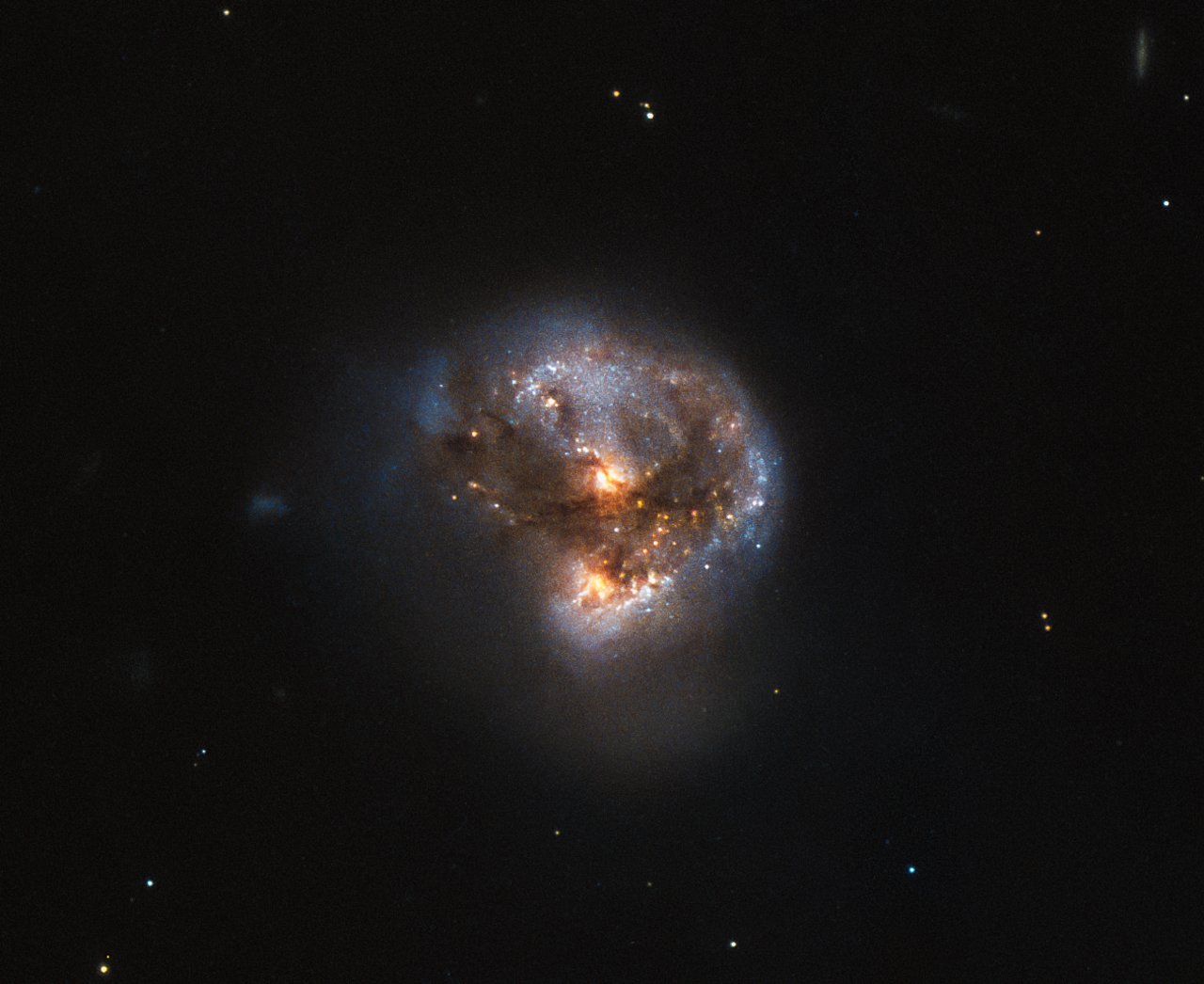2020 Decadal Survey
A new decadal survey from the National Academies of Sciences, Engineering, and Medicine identifies scientific priorities, opportunities, and funding recommendations for the next 10 years of astronomy and astrophysics.
Pathways to Discovery in Astronomy and Astrophysics for the 2020s drew from the astronomical community through hundreds of white papers, town hall meetings, and the advice of 13 sub-panels over several years to produce its recommendations. The study — undertaken by the Decadal Survey on Astronomy and Astrophysics 2020 (Astro2020) Steering Committee — was sponsored by NASA, National Science Foundation, U.S. Department of Energy, and U.S. Air Force.
The report presents a visionary plan for the field to pursue discovery and exploration of habitable planets, enhance understanding of the dynamic and changing universe, and study what drives the formation of galaxies. It recommends an ambitious program of investments to strengthen the profession, change how large strategic space missions are developed and matured, and achieve broad scientific capabilities. The report emphasizes the importance of balancing investments in research, and recommends strengthening investments in the foundations of astronomy and astrophysics as well as in its workforce.
The report identifies three priority scientific areas that motivate recommended investments over the next decade:
- Pathways to habitable worlds – Identify and characterize Earth-like planets outside this solar system, with the ultimate goal of obtaining imaging of potentially habitable worlds.
- New windows on the dynamic universe – Probe the nature of black holes and neutron stars — and the explosive events that gave rise to them — and understand what happened in the earliest moments in the birth of the universe.
- Drivers of galaxy growth – Revolutionize understanding of the origins and evolution of galaxies, from the webs of gas that feed them to the formation of stars.
The report says the highest-priority sustaining activity for NASA is the space-based time-domain and multi-messenger program — comprised of small- and medium-scale missions. NASA should also pursue a new line of probe missions. A cadence of one probe mission per decade, with a cost cap of $1.5 billion, balances scientific scope with timeliness, the report says.



































